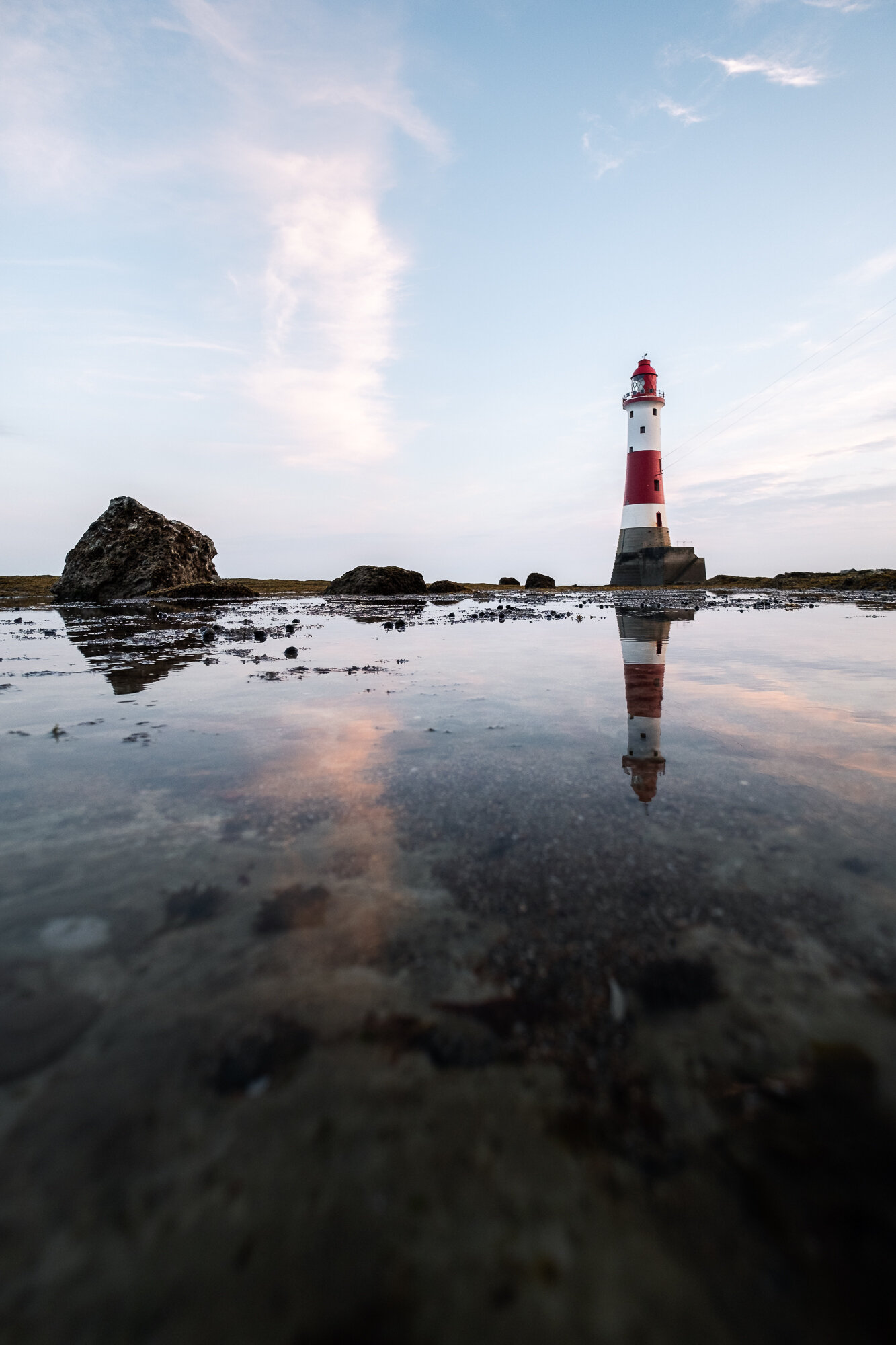Starry Day | Weekly Photo #109
Using a tripod is fundamental to the way I approach and take my photos. Tripods help me achieve the long exposures I take and they slow me down while out in the field, allowing me to frame and adjust the shot with ease but it doesn’t mean there aren’t any downsides. For instance, I have to be mindful that while out shooting landscapes, using a tripod can sometimes root me to one spot for too long, leading me to miss potential compositions I would have seen if I was to wander around a bit more. One way I try to mitigate this is to leave the tripod in the bag until I’ve properly scouted the area, making notes of the potential shots on offer to return to later. Another way is to take a second camera with me. I do this when the hike isn’t so long and the weight of my camera bag isn’t so critical. That way, I can leave my main camera on the tripod, maybe taking a long exposure, while I wander around with the second camera finding more unique compositions or dynamic angles which is exactly how I ended up taking this photo of Beachy Head lighthouse in East Sussex.
Fujifilm X-T30 | XF10-24mm | 10mm | 1/240th Second | f/4 | ISO400
It was a lovely evening along England’s south coast, the light was soft and had a nice look to it, so, with my main Fujifilm XT2 camera sitting on the tripod waiting for the best light to take this image (which I previously shared here: Beachy Head Lighthouse), I went for a short stroll with my Fujifilm X-T30 and 10-24mm lens to see what other compositions were on offer. What I like about being free from the tripod is that not only can I move around the scene more quickly, I can also drop down to ground level with ease, and by using the swivel screen on my camera, I can capture some unique angles I might never have seen if I was using a tripod and that’s how I found this composition here.
I was hunting for a pool of water to create a nice reflection of the lighthouse and with the wide-angle lens on, it didn’t have to be huge because I knew that if I was to get low to the ground, close to the edge of the water, the focal length would emphasise the foreground, making it appear bigger and after a few minutes of searching, I found this spot you can see here.
At first, it was all about finding a clean reflection, so I held the camera as close to the water as I could, placed the lighthouse on the right-hand third, leaving the rocks on the left to add a little balance to the composition. I took the shot and checked the back of the camera and all looked good. The light was subtle, highlighting the lighthouse nicely and the all-important reflections in the foreground looked really good.
It was only when I got the photo home and into Lightroom, I started to look at the foreground more closely and I just couldn’t shake how the details in the dark water reminded me of a starry night sky. It was almost as if the top half of the photo was taken during the day and the bottom half was taken at night. I love the contrast, and even tried flipping the photo upside down to see how it looked and it kind of worked that way up too!
I appreciate that not everyone will have a second camera to take out with them or would want the extra weight in their bag but nearly everyone has a camera on their phone which can be used in a similar way. Leaving the main camera on the tripod, take a wander around with your smartphone, lining up compositions and if you spot a winner, grab the main camera and take the photo. You never know, by taking this approach, you might just come away with the next addition to your portfolio.
Have a great week.
Trevor
This post is featured in my Weekly Photo series where I post a new photo every Monday. To have this delivered directly to your inbox, you can subscribe to the mailing list here.

